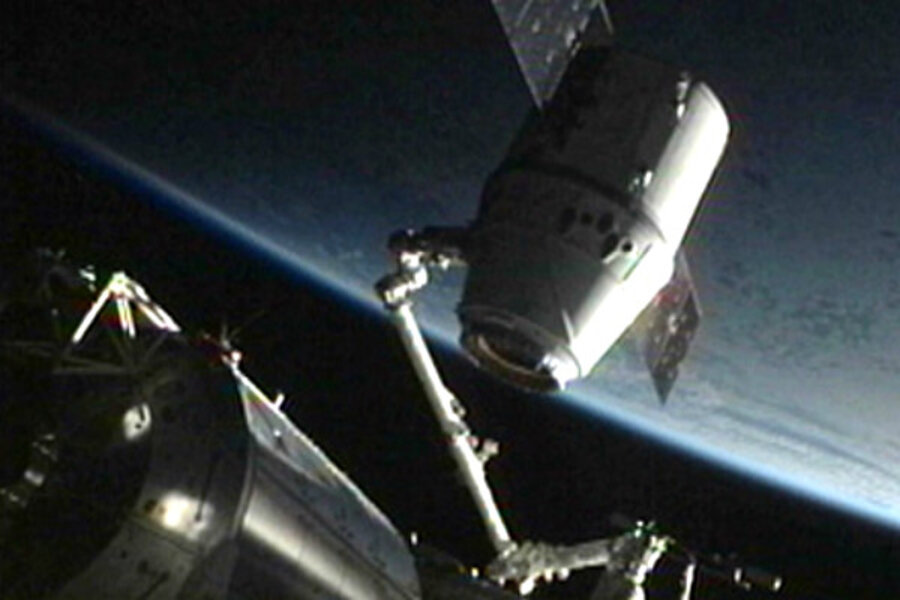Boeing, SpaceX, Sierra Nevada Corporation to share $1.1 billion from NASA
Loading...
| Pasadena, Calif.
NASA will pay more than $1billion over the next 21 months to three companies to develop commercial spaceships capable of flying astronauts to the International Space Station, the agency said Friday.
The lion's share of the $1.1 billion allotted for the next phase of NASA's so-called “"Commercial Crew" program will be split between Boeing and Space Exploration Technologies, a privately held firm run by Internet entrepreneur Elon Musk.
Boeing will receive $460 million to continue developing its CST-100 capsule, which is intended to fly aboard a United Launch Alliance Atlas 5 rocket. ULA is a partnership of Boeing and Lockheed Martin.
Space Exploration Technologies, or SpaceX, was awarded $440 million to upgrade its Dragon cargo capsule, which flies on the firm's Falcon 9 rocket, to carry people.
In May, a Dragon capsule became the first privately owned spacecraft to reach the station, a $100 billionoutpost that flies 240 miles (386 kilometres) above Earth. The test flight was part of a related NASAprogram to hire commercial companies to fly cargo to the station.
Privately held Sierra Nevada Corp received a partial award of $212.5 million for work on its Dream Chaser, a winged vehicle that resembles a miniature space shuttle which also launches on an Atlas 5 rocket.
All three firms are prior recipients of NASA space taxi development work. The new awards will more than triple NASA's investments in commercial crew programs, which so far total $365 million.
Unlike previous NASA development programs, costs are shared between the government and its selected partners.
"“The companies also are bringing money to the table. This is a way of allowing the United States to lead in the development of new space systems that are human-capability and then taking those systems for commercial purposes, as well as for NASA purposes in the future," program manager Ed Mango said.
Since the space shuttles were retired last year, NASA is dependent on partners Russia, Europe andJapan to reach the station. Russia will remain the sole entity capable of flying crew until U.S. companies develop systems, which NASA hopes will be within five years.
Shut out of the competition was Alliant Techsystems which hoped to parlay an ongoing unfunded NASApartnership agreement into a paying contract.
Amazon.com founder Jeff Bezos's startup Blue Origin, which won $25.7 million during two predecessor programs, did not bid for the integrated design contracts awarded Friday.
Three other firms - Space Operations, American Aerospace and Space Design - submitted proposals but were eliminated for not meeting requirements, NASA's associate administrator for space operations Bill Gerstenmaier said during a conference call with reporters.







